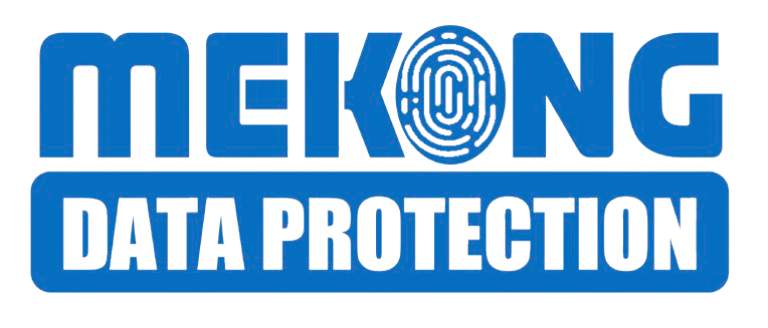Public Wi-Fi: Why It's Risky and How to Stay Safe
In today's connected world, public Wi-Fi has become a convenience we often take for granted. Whether you're working from a coffee shop, waiting for a flight, or relaxing at a hotel, free internet access is almost expected. But beneath this convenience lurks some serious security risks that many people don't realize. Let's explore why public Wi-Fi can be dangerous and what simple steps you can take to protect yourself.
DATA PROTECTIONDATA SECURITY
Pheakdey Heng
1/30/20252 min read
Why Public Wi-Fi Is Risky
1. Anyone Can Join
Unlike your home network with a password only you know, public Wi-Fi networks allow anyone to connect. This means potential hackers could be sitting right next to you, monitoring the network.
2. Man-in-the-Middle Attacks
One common threat is what security experts call a "man-in-the-middle" attack. This is when someone positions themselves between you and the connection point. Instead of talking directly to the hotspot, you're sending your information to the hacker, who then relays it to the legitimate network.
3. Fake Networks
Ever connected to "Starbucks_WiFi" at a coffee shop without verifying if it's the official network? Hackers can create convincingly named networks to trick you into connecting to their malicious hotspot instead of the legitimate one.
4. Unencrypted Connections
Many public networks don't encrypt their connections. This means information you send or receive can be visible to others on the same network if they know how to look.
How to Stay Safe
Don't worry—you don't need to avoid public Wi-Fi altogether. Here are some simple ways to protect yourself:
1. Use a VPN (Virtual Private Network)
A VPN creates a secure, encrypted tunnel for your data. Even on an unsecured network, your information remains protected. Think of it as a private tunnel through a public highway. Many user-friendly VPNs are available with simple apps for your phone or computer.
2. Verify the Network Name
Always ask an employee for the correct Wi-Fi network name before connecting. This small step can prevent you from joining a fake network.
3. Enable Two-Factor Authentication
For important accounts (email, banking, social media), set up two-factor authentication. This adds an extra security step beyond just your password, usually a code sent to your phone.
4. Look for HTTPS
When visiting websites, look for "https://" at the beginning of the address and a padlock icon in your browser. This indicates the site uses encryption to protect your data.
5. Avoid Sensitive Activities
If possible, save online banking, shopping, or accessing sensitive work documents for when you're on a secure network.
6. Keep Your Software Updated
Make sure your device, browser, and apps are up to date with the latest security patches.
7. Use Your Phone's Hotspot
If you need a more secure connection and have sufficient data, consider using your smartphone as a personal hotspot instead of public Wi-Fi.
Final Thoughts
Public Wi-Fi networks are incredibly convenient but come with real security risks. The good news is that with a few simple precautions, you can enjoy the convenience while keeping your personal information safe.
Remember: a little caution goes a long way in protecting your digital life. Stay safe out there!
